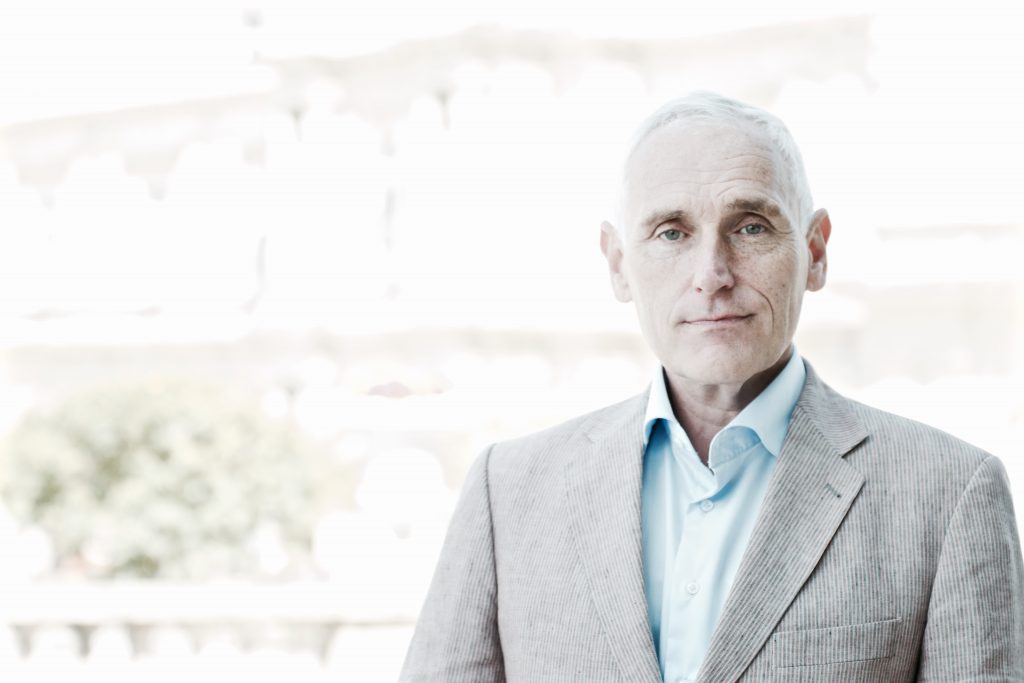Today, imagine a small, strikingly dressed man flying through Paris in a hot-air balloon, or a circling the Eiffel Tower. Aviation pioneer Alberto Santos-Dumont did it, dreaming that one day everyone would have their own hot-air balloon. In his new historical novel The winged Arthur Japin brings the colourful Brazilian inventor back to life.
Arthur Japin - The winged (320 p.). De Arbeiderspers, €21.99.
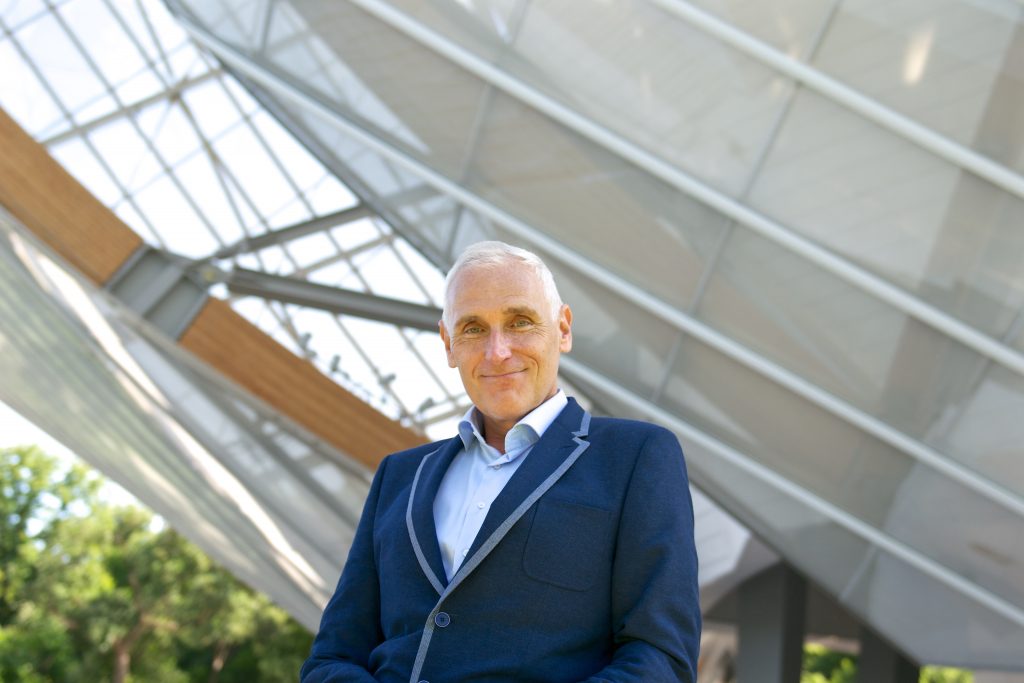
Man... flies
'Don't take the world as it is, but work it into what it should be.' It could be writer Arthur Japin's life motto, this sentence from his new historical novel The winged. Unexpectedly, protagonist Alberto Santos-Dumont turned out to have great kinship with the author himself and the main characters in his earlier novels. 'My characters are often people who don't fit into the world. People who have managed to turn their weakness into their strength. That's what I'm so curious about: where do you find the strength to survive?' Arthur Japin falls silent for a moment and thinks about how to describe his novel character Alberto Santos-Dumont. A sensitive person, who felt pain and energies of others, and therefore preferred to stay at a distance. Who loved people a lot, but didn't understand them, and they didn't understand him. 'Alberto was small, not handsome, shy. In company, he tried to be invisible. Always he was thinking: I must take to the air, break free from the earth.'
The impressive Fondation Louis Vuitton museum in the Bois de Boulogne, Paris' large city park, is reminiscent of a print in a Jules Verne adventure book: an image of a ship with billowing sails cleaving the clouds. The drawing impressed Alberto, who read Verne's books to pieces as a child, and he believed what he read and saw because there was no one to tell him the stories were made up.
In the Brazilian sky, birds were always passing by, and Alberto could lie for hours peering upwards, longing for the solitude and freedom of the winged creatures. The children amused themselves with the game of 'the pigeon flies', where someone always called out a different animal and the other children had to shout 'flies!' or 'doesn't fly!'. With 'man', Alberto was always the only one to shout, 'Flies!'
Young Alberto's dreaminess was accompanied by great technical insight. Father Henrique Dumont ran the largest coffee plantation in the world, which would grow into what is now the metropolis of Sao Paulo. From a young age, Alberto was busy maintaining and repairing machinery, meanwhile dreaming of hot-air balloons and airplanes. When his father died, it left him with a fortune. He told his son: 'Do what you have to do. You don't have to worry about your livelihood, not for a day, not ever. That is my gift to you. You will be completely free to mature, test and implement your ideas.' This did not fall on deaf ears: eighteen years young, wealthy and full of ideals, perseverance and courage, Alberto set to work to realise his dreams. In Paris, that is, the city that for his father was a symbol of knowledge and progress.

Japin recognises himself in that desire to create a dream world. As a child and teenager, he was bullied and mentally and physically abused at home; fantasy became a means of survival. Although he does not seek them out, in each case his characters also turn out to be figures who attempt to escape everyday reality. 'For Alberto's father, Paris was his alternative reality; for his mother, it was faith. Alberto found his dream world in the sky. He didn't belong, didn't need to belong, so he had to find something else. How do you survive? That is actually the question every time. Where do you find the strength to do something from your outsider status that nobody else does? Perhaps it is because such people have less to lose that they dare to take steps that no one else dares to take.

The dirigible
Santos-Dumont's first flight, together with two balloon builders, was almost fatal. They crashed near Baron Alphonse de Rothschild's Château de Ferrières, but were helped into the air just in the nick of time by his stablehand Albert Chapin. Chapin joined Alberto as a mechanic and the two became inseparable, in their work but probably also as lovers. Together they tinkered with a design for the world's first dirigible balloon, a dirigible. For flying was not so much the problem; it was just that until then it was not possible to control the balloon, leaving it at the mercy of the wind.
'Albert and Alberto made a balloon out of silk,' says Japin, spreading out his arms. 'That first gas-filled balloon took off here, in Baron de Rothschild's Jardin d'Acclimatation on 20 September 1898. Cheered on by thousands, Alberto spun in circles. In his enthusiasm, he became overconfident. Alberto had no brakes and was always going too far. He flew west, across the Allée de Longchamps, towards the horse racing track on the other side of the river. That it went wrong was not immediately visible to the naked eye from here. He let the balloon rise too high, and the cigar-shaped balloon folded double.'
Alberto crashed - as often happens, by the way: he escaped death many times during his life. This produced not only life-threatening, but sometimes hilarious situations. Once, when Santos-Dumont landed in a chestnut in the Rothschilds' garden, he was served a bottle of champagne and a hot lunch in the tree. He also slammed inside a classical building at Pont Bir-Hakeim. 'When he came to, he was dangling upside down from the ropes against the facade, 20 metres above the ground. Alberto was not a smoker, but when a cigarette was thrown at him from the roof, he lit one anyway.'
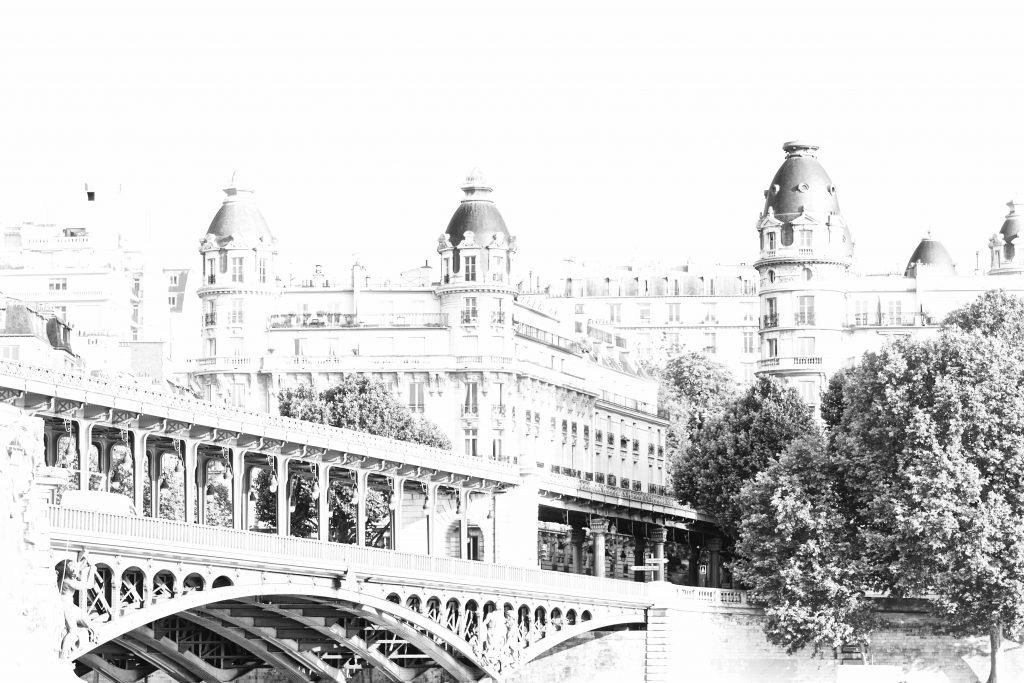
Everyone's own (pocket) balloon
It was Alberto's dream that everyone would one day have their own balloon to travel in, like an automobile. Preferably one that you could fold up and carry in your bag. He himself flew around Paris in his balloon, to run errands, go to his workshop or have dinner with Albert and friends like jewellery designer Louis Cartier and actress Sarah Bernhardt.
There was an excited mood in belle époque Paris about technological progress, modernity and, of course, the 1901 World's Fair. Pavilions were set up from the Grand Palais to the Jardins du Trocadero.
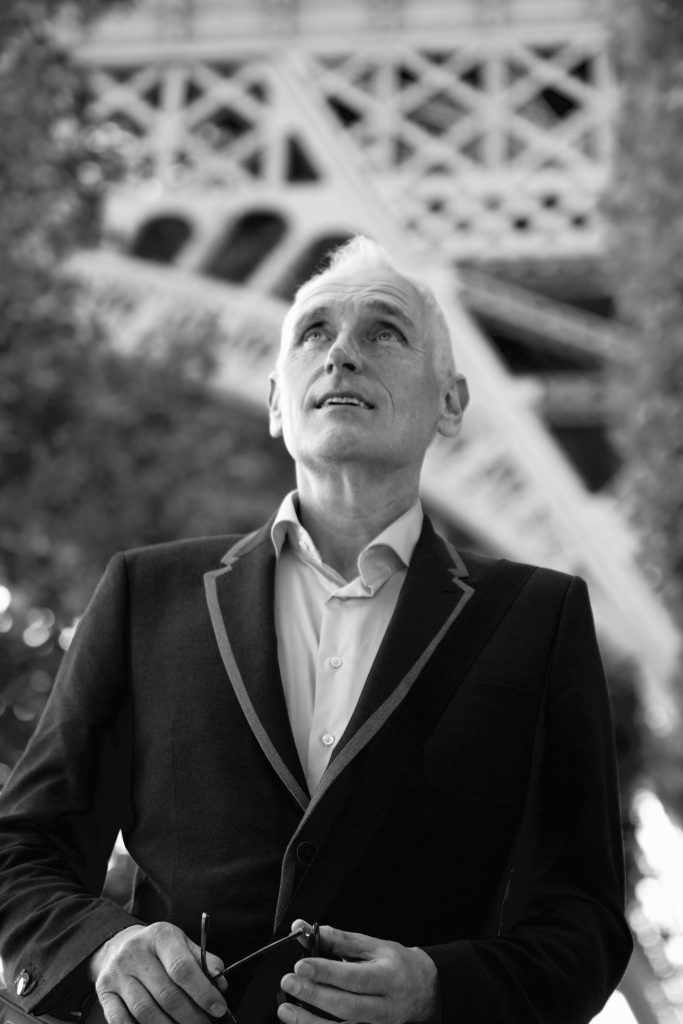
Funnily enough, there was no place for aviation. Santos-Dumont did not let that bother him: he took off and, to the bewilderment of tout Paris a lap around the Eiffel Tower. Japin: 'He flew over the pavilions of Russia, Cambodia and Congo and thought: this is how it should be later, that you fly from one country to another. He truly believed that flying would contribute to world peace.'
Arthur Japin glances down from the Eiffel Tower, as if he can still see the pavilions. 'Four people fell into the Seine that day because they looked up and didn't see where they were walking.'
Alberto Santos-Dumont grew into a phenomenon: reviled and loved for his feminine looks, his love of jewellery and sewing and knitting; his panama hats, sports jackets, white collars, tie pins and fabric glasses defined fashion; his image was enshrined in ginger biscuits, lollipops and chocolate.
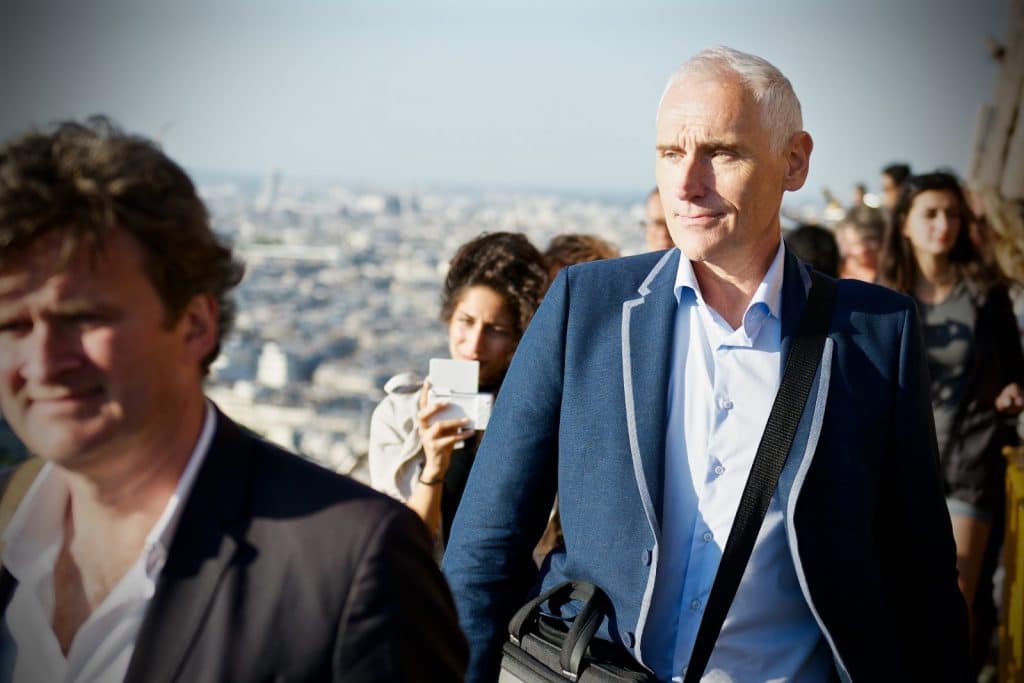
Catastrophe
Alberto's desire to make flying possible for the common man he tried to achieve, among other things, through a flying race. Although he had conceived and participated in it himself, Santos-Dumont hoped it would encourage others to start designing and building their own. The race went from Saint-Cloud to Champs-de-Mars and back. To this occasion we owe the wristwatch. Alberto in fact had a problem: he needed both hands to control the balloon and therefore could not reach his pocket watch to check the time. His friend Louis Cartier came up with a solution: the Santos, the very first wristwatch. In the end, Alberto himself won the race, but not after the judges had tried to unfairly disqualify him.
Santos-Dumont was also possibly the one who built the first aeroplane and flew a few hundred metres in it; when that news got through to America, the Wright brothers claimed to have done so two years earlier, although there was no proof. From then on, the development of the aeroplane and aviation took off again.
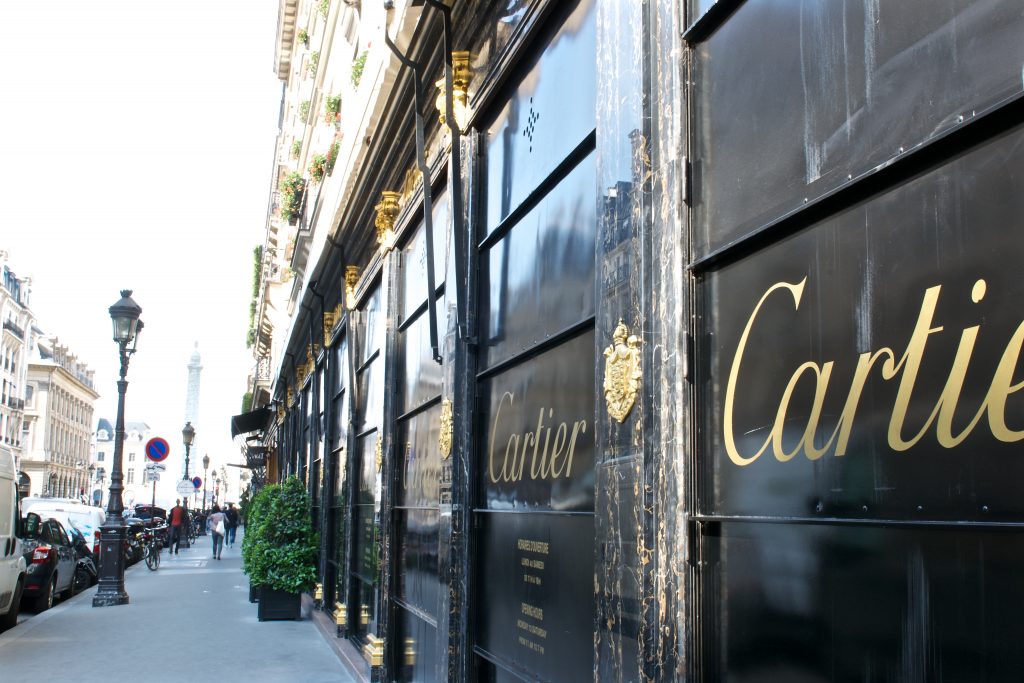
However, things turned out woefully differently from what Alberto Santos-Dumont had always imagined. World War I broke out, and instead of contributing to world peace, his beloved plane was used as a weapon of war. 'He made a tour of all kinds of heads of state begging them not to use the plane,' says Arthur Japin, 'but in vain. It made him very upset and he destroyed all his designs. After 1918, he was no longer involved in aviation, although he continued to invent things; for instance, he invented motorised skis that allowed you to ski uphill. Always uphill. But he was so overworked from the war that he ended up in a clinic in Sankt Moritz.'
Santos-Dumont returned to Brazil, by boat. Japin: 'He arrived in Rio de Janeiro and all the great artists and thinkers wanted to greet him. They got into a big dirigible and took off. Santos-Dumont looked up, waved and saw them all tilting to one side to sprinkle confetti on him. They tilted and the balloon caught fire and exploded. Before his eyes, the entire fine fleur of Brazil died.'
Alberto never got over it, and he finally ended his life in 1932. For the last time, his body floated above the ground.
'He was deposed by a doctor who was opposed to President Getúlio Vargas' regime and did not want the dictator to make good on the national hero; in fact, Vargas was planning to give Santos-Dumont a grand state funeral and thus ride on his popularity. In an impulsive act, the doctor removed Alberto's heart - a surprisingly large heart for someone of his stature. It currently resides in a military airport in Rio, in a beautiful goblet representing the southern hemisphere. Through the starbursts you can see the heart.'
And so Santos-Dumont was buried without his heart, which always wanted to fly. At the funeral, the entire Brazilian air force gave Alberto the aviator's salute. That evening, all the lights on the Eiffel Tower were extinguished.
